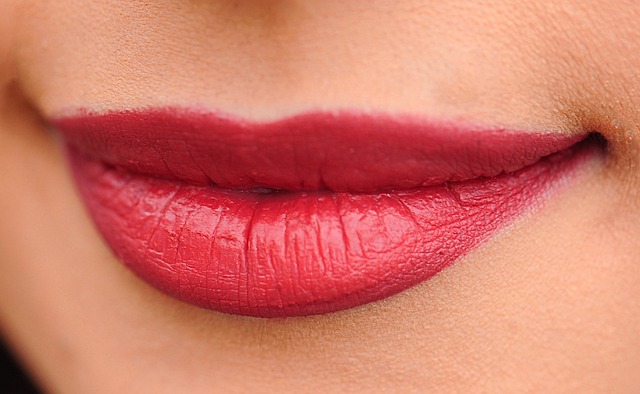Skin tags, caused by friction or irritation, can be categorized into various types. London offers diverse tag removal options from DIY at-home methods to professional clinical treatments. Pre- and post-procedure care is vital for optimal healing. Choosing certified dermatologists or skilled specialists with advanced techniques ensures a secure and successful outcome in London Tag Removal.
Looking to get rid of those pesky skin tags safely? This comprehensive guide explores best practices for London tag removal. We delve into the causes and types of skin tags, empowering you with knowledge. Learn about tried-and-true safe removal methods both at home and in clinics. Discover pre- and post-treatment care tips for optimal results. Plus, find expert advice on choosing the right professional for your London tag removal needs.
- Understanding Skin Tags: Causes and Types
- Safe Removal Methods at Home and in Clinics
- Pre- and Post-Treatment Care for Effective Results
- Choosing the Right Professional for London Tag Removal
Understanding Skin Tags: Causes and Types
Skin tags, also known as acrochordons, are small, soft skin growths that typically appear in areas where skin rubs against itself, such as the neck, armpits, and groin. They are usually harmless and often go unnoticed, but some individuals may choose to remove them for cosmetic reasons or if they cause discomfort. Understanding the causes and types of skin tags is essential when considering London tag removal procedures.
The primary cause of skin tags is friction and constant irritation. This can occur due to clothing rubbing against the skin, hair follicles getting caught, or simply because certain areas of the body are more prone to developing them. Skin tags can be classified into different types based on their appearance and location. Common types include soft, flesh-colored tags that are often found in creases; acanthioma tags, which have a slightly raised, rough surface; and tag-like warts caused by the human papillomavirus (HPV). Recognizing these variations can help individuals make informed decisions regarding suitable removal methods.
Safe Removal Methods at Home and in Clinics
When considering safe skin tag removal, individuals in London have several options available to them—both at home and in clinical settings. For minor cases or those prefering a DIY approach, there are several at-home methods that can be effective. One popular method involves using over-the-counter salicylic acid or cornstarch to gradually exfoliate the tag until it falls off. Another safe and simple technique is freezing with liquid nitrogen, often done under a healthcare professional’s guidance for proper administration.
In clinics, specialized treatments offer more immediate and precise results. Laser therapy is a popular London tag removal method that uses concentrated light energy to destroy the skin tag tissue without damaging surrounding skin. Alternatively, surgical excision involves gently snipping off the tag with sterile scissors, followed by application of an antiseptic to prevent infection. Both methods are typically quick, relatively painless, and performed by experienced medical professionals in a sterile environment.
Pre- and Post-Treatment Care for Effective Results
Prior to any skin tag removal procedure, proper preparation is key for achieving optimal results. In the days leading up to the treatment, it’s recommended to clean and dry the affected area gently. Avoid using harsh soaps or scrubs that can irritate the skin, as this may increase sensitivity during and after the procedure. Additionally, steer clear of products containing alcohol or strong fragrances, as these can cause discomfort. It’s also crucial to inform your London tag removal specialist about any medications or supplements you’re taking, as certain substances may interact with the treatment.
Post-treatment care is equally important for safe and effective skin tag removal. After the procedure, follow the instructions provided by your specialist carefully. This typically includes keeping the treated area clean and dry, avoiding strenuous activities that could cause further irritation, and applying recommended topical creams or ointments to aid healing. It’s normal to experience some redness, swelling, or mild discomfort, but these should subside within a few days. If any signs of infection, such as excessive redness, warmth, or pus, develop, contact your specialist immediately for guidance.
Choosing the Right Professional for London Tag Removal
When considering London Tag Removal, selecting the right professional is paramount for a safe and effective procedure. Look for certified dermatologists or experienced skin specialists who have a proven track record in removing skin tags. Their expertise ensures they can offer tailored solutions, using advanced techniques such as cryotherapy, surgical excision, or laser treatments, depending on your specific needs.
Reputable professionals will also provide comprehensive consultations, discussing the potential risks and benefits of each method to help you make an informed decision. They should prioritize your comfort and ensure you understand post-procedure care, giving you peace of mind throughout the process.
When it comes to London tag removal, understanding safe practices is key. By familiarizing yourself with different skin tag types and causes, you can make informed decisions about treatment. Whether opting for at-home remedies or visiting a clinic, proper pre- and post-care ensures optimal results. Remember, seeking expert advice from qualified professionals specializing in London tag removal is crucial for achieving safe and effective elimination of these skin growths.
